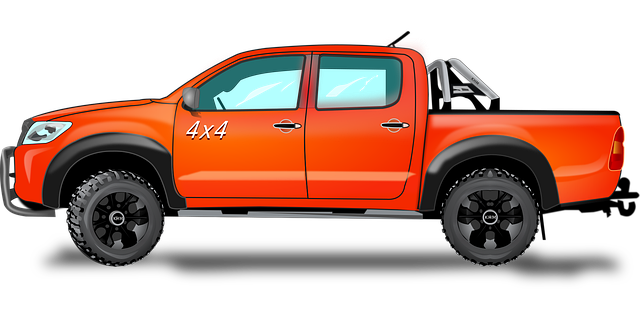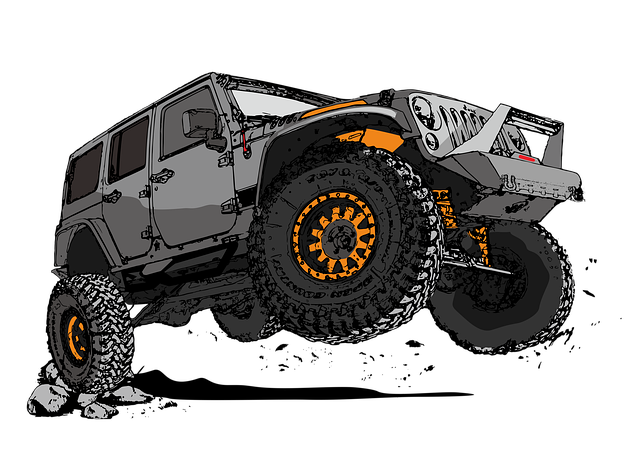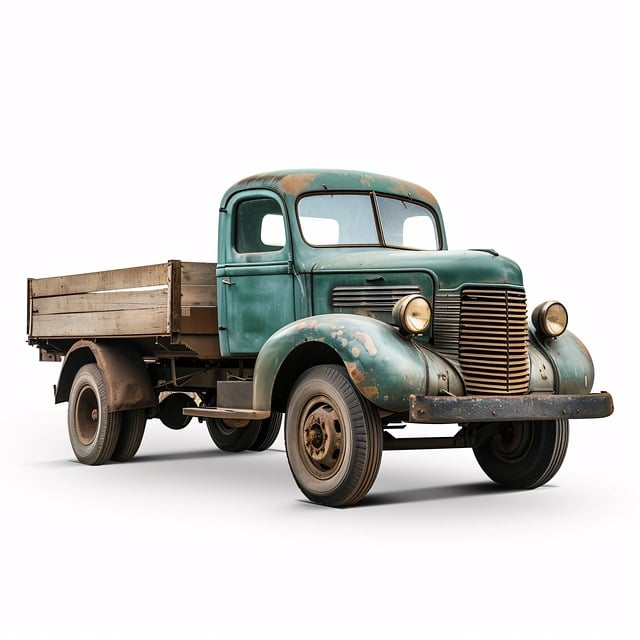Mastering RGV (Recovery & Overland 4×4) repair skills is crucial for off-road adventurers and emergency responders, enabling them to navigate extreme terrain. It involves using specialized tools like wheel chocks, winches, and recovery straps, alongside regular inspections and carrying spare parts to prevent failures. This proactive approach enhances safety and ensures reliable vehicle performance during off-road excursions or critical missions, minimizing the risk of being stranded.
“Uncover the secrets of efficient 4×4 recovery with an in-depth look at RGV Overland techniques. This article equips readers with a comprehensive guide to understanding and maintaining recovery lines, a vital skill for off-road enthusiasts.
We’ll explore the fundamentals of RGV Overland 4×4 repair, delving into strategies and tools that ensure your vehicle’s readiness for any terrain. By implementing these practices, you’ll enhance your off-roading experience, reducing rescue times and increasing confidence on challenging trails.”
- Understanding Recovery Lines: The Essentials of RGV Overland 4×4 Repair
- Strategies and Tools for Effective Recovery Line Maintenance in Off-Road Vehicles
Understanding Recovery Lines: The Essentials of RGV Overland 4×4 Repair

Recovery lines, or RGV (Remote Gear Vehicle) overland 4×4 repair, are essential skills for off-road enthusiasts and emergency responders. It involves understanding the unique challenges posed by extreme terrain and harsh conditions, and knowing how to quickly and effectively fix a vehicle to ensure safe passage. The process encompasses a range of techniques from basic mechanical repairs to advanced system diagnostics, all tailored to preserve the integrity and performance of 4×4 vehicles.
For RGV overland 4×4 repair, having a comprehensive toolkit and a solid grasp of vehicle systems is paramount. This includes knowledge of different types of recovery lines, such as wheel chocks, winches, and recovery straps, and their optimal use in various situations. By mastering these essentials, individuals can confidently navigate challenging landscapes, ensuring the safety and reliability of their vehicles during every adventure or critical mission.
Strategies and Tools for Effective Recovery Line Maintenance in Off-Road Vehicles

Maintaining recovery lines on off-road vehicles is a crucial aspect of ensuring safety and operational readiness, especially when facing challenging terrains. Regular inspection and prompt repair are key to preventing catastrophic failures. One effective strategy involves utilizing specialized tools designed for RGV (Recovery & Overland 4×4) repairs, such as high-quality rope cutters and winches with customizable recovery kits. These tools enable efficient removal of damaged or tangled lines, allowing for swift replacement.
Additionally, establishing a thorough pre-trip inspection routine can significantly reduce the likelihood of recovery line issues. This involves checking for signs of wear, fraying, or corrosion. Carrying an assortment of spare parts, including recovery ropes, cam buckles, and swivels, is essential for on-the-go repairs. By combining these strategies with well-maintained vehicles, off-road enthusiasts can enhance their chances of navigating challenging trails while minimizing the risk of stranded situations.
In conclusion, understanding and maintaining recovery lines is paramount for off-road enthusiasts using RGV Overland 4×4 vehicles. By implementing the strategies and utilizing the tools outlined in this article, you can ensure your vehicle’s reliability and safety during challenging terrain encounters. Regular maintenance of recovery lines isn’t just an option; it’s a necessity for any serious off-roader, enabling you to conquer diverse landscapes with confidence.



